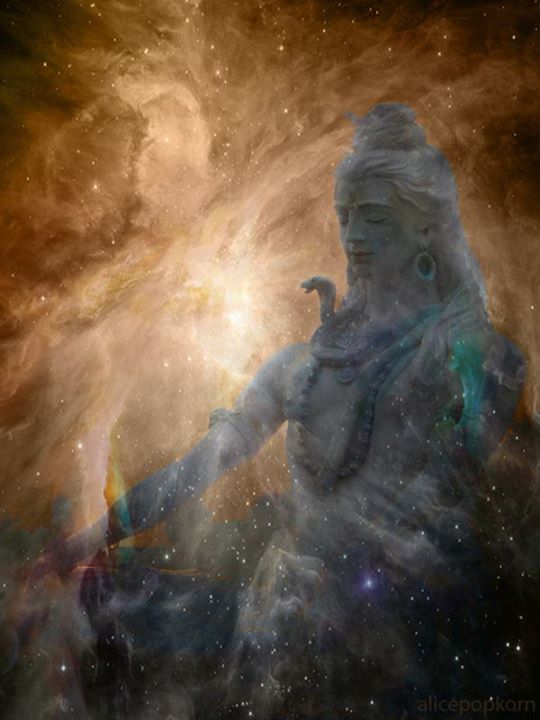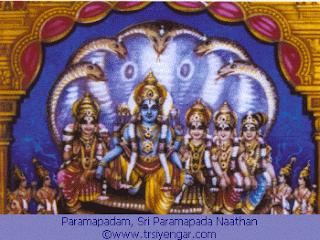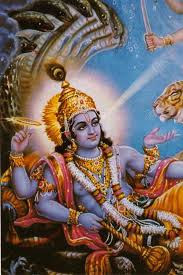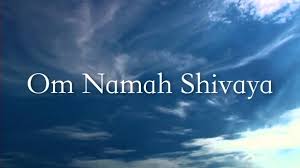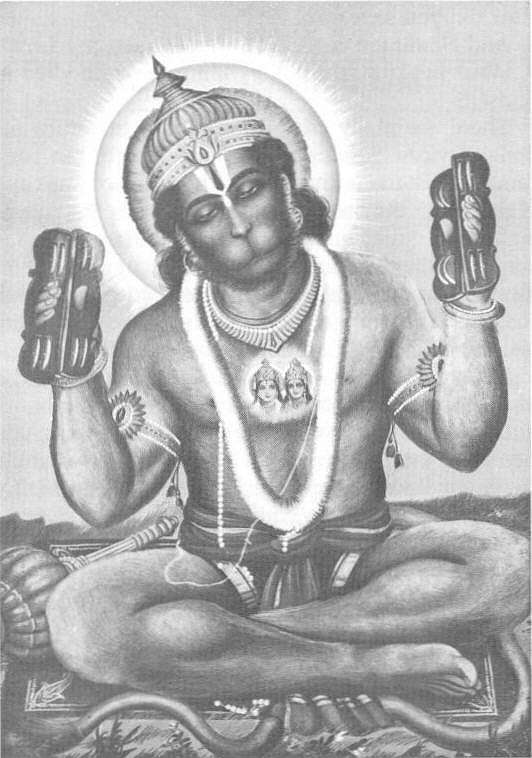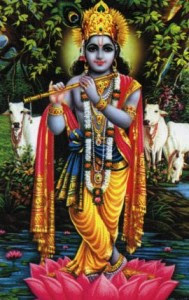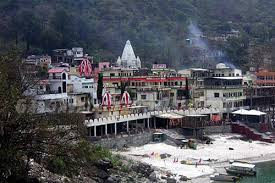Japa Yoga : 6-3.

6. PRACTICAL AIDS TO JAPAM-3. When you repeat the Mantra, have the feeling or mental attitude that the Lord is seated in your heart, that purity or Sattva is flowing from the Lord into your mind, that the Mantra is purifying your heart, destroying desires, cravings and evil thoughts. Do not do the Japa in a hurried manner, like a contractor who tries to finish his work in a short time. Do it slowly with feeling, one-pointedness of mind and single-minded devotion. Pronounce the Mantra distinctly and without any mistakes. Repeat it neither too slowly nor too fast. Increase the speed only when the mind wanders. Be vigilant and alert during Japa. Stand up when sleep tries to overpower you. Try to associate the Japa with the rhythm of the breath and meditate in the form of your Deity. Keep a picture or idol of the Deity in front of you. Think of the meaning of the Mantra while repeating it. Swami Sivananda To be continued ....

